The goodness of the true pun is in the direct ratio of its intolerability
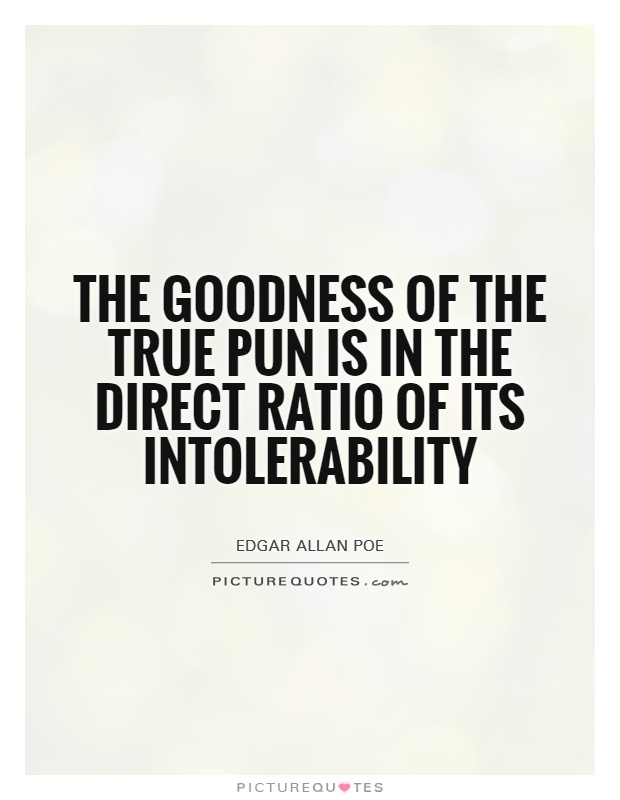
The goodness of the true pun is in the direct ratio of its intolerability
Edgar Allan Poe, known for his dark and macabre tales, was also a master of wordplay and puns. He understood the power of language and how a well-crafted pun could add depth and complexity to his stories. In his essay "The Philosophy of Composition," Poe discusses the importance of unity of effect in a literary work, and how every element, including word choice and puns, should contribute to the overall theme and mood of the piece.Poe believed that the true goodness of a pun lies in its ability to be both clever and intolerable. A pun that is too obvious or forced can detract from the seriousness of the subject matter, while a pun that is too subtle or obscure may go unnoticed by the reader. The perfect pun, according to Poe, is one that is both clever and cringe-worthy, causing the reader to groan and roll their eyes while still appreciating the wit and wordplay involved.
One of Poe's most famous puns can be found in his poem "The Raven," where the narrator asks the titular bird for its name. The raven responds with the word "Nevermore," which serves as both a literal answer to the question and a symbolic representation of the narrator's despair and hopelessness. This pun is both clever and intolerable, as it adds depth and complexity to the poem while also eliciting a groan from the reader.
Poe's use of puns in his writing demonstrates his mastery of language and his ability to create a sense of unease and ambiguity in his stories. The goodness of the true pun, in the context of Poe's work, lies in its ability to add layers of meaning and complexity to a story while also challenging the reader's expectations and assumptions. Poe understood that a well-crafted pun could be both entertaining and thought-provoking, and he used this literary device to great effect in his writing.
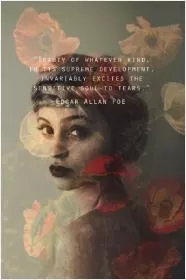
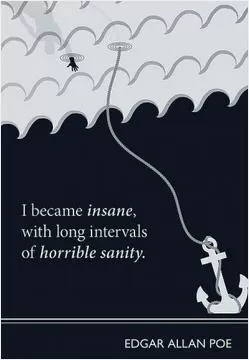


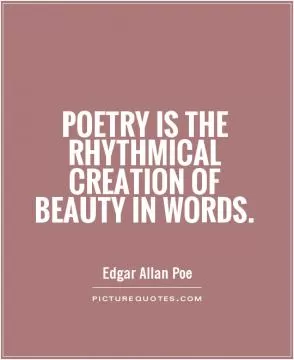
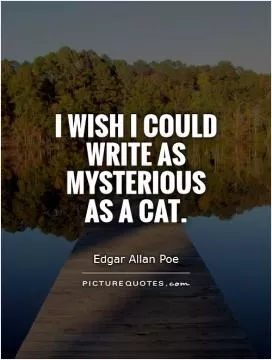
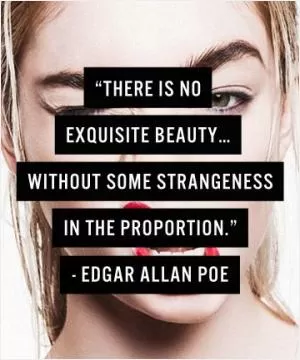



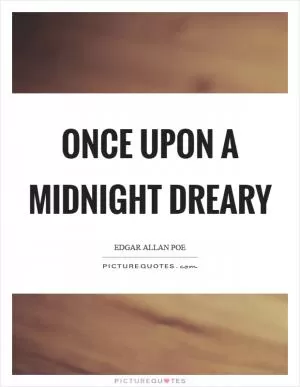

 Friendship Quotes
Friendship Quotes Love Quotes
Love Quotes Life Quotes
Life Quotes Funny Quotes
Funny Quotes Motivational Quotes
Motivational Quotes Inspirational Quotes
Inspirational Quotes